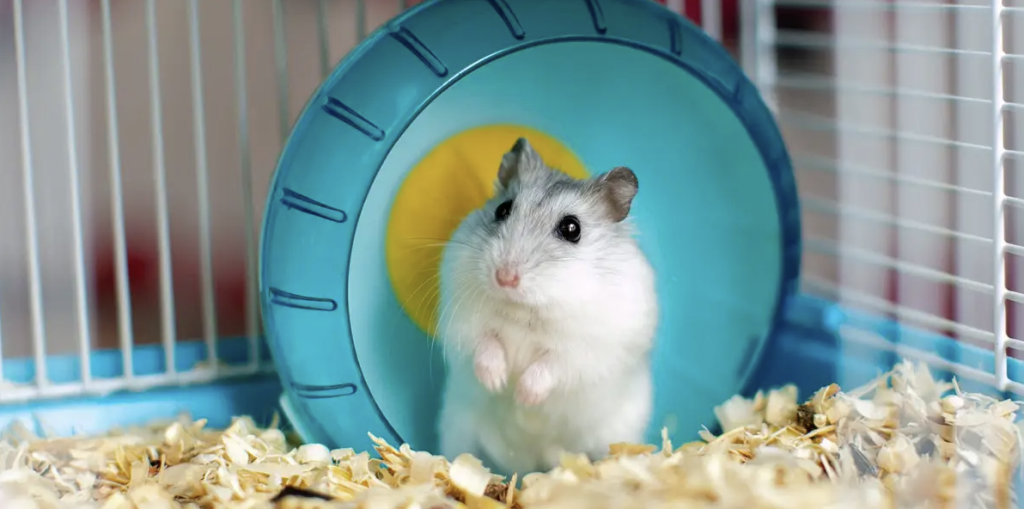Hamsters are small pets that are known for their playful and curious nature. They love to explore their environment and are excellent escape artists, which means it is essential to hamster-proof your home to ensure their safety. In this article, we will discuss how to hamster-proof your home and prevent your furry friend from getting into trouble.

- Secure the Cage:
The first step in hamster proofing your home is to secure the cage. Choose a cage that is sturdy and has a secure latch to prevent the hamster from escaping. If you have a wire cage, make sure that the spacing between the wires is small enough to prevent the hamster from squeezing through.
It is also important to place the cage in a safe location, away from other pets, children, and potential hazards. The cage should be kept in a quiet and low-traffic area of your home to prevent stress and anxiety for the hamster.
- Cover Gaps and Holes:
Hamsters are notorious for escaping through small gaps and holes in walls and furniture. To prevent your hamster from escaping, cover any gaps or holes with mesh or wire. This includes gaps around baseboards, ventilation ducts, and electrical outlets.
You can also use caulk or expanding foam to fill in larger gaps and holes. This will prevent your hamster from getting trapped or injured while exploring.
- Remove Potential Hazards:
Hamsters can get into trouble if they come into contact with potential hazards in your home. This includes toxic plants, chemicals, and electrical wires.
Make sure to remove any toxic plants from your home and keep chemicals and cleaning supplies stored safely out of reach. You should also cover or hide electrical wires and cords to prevent your hamster from chewing on them, which could result in serious injury or death.

- Close Doors and Windows:
Hamsters are skilled climbers and jumpers, which means they can easily escape through open windows and doors. To prevent your hamster from escaping, make sure to close all doors and windows when your hamster is out of its cage.
You should also make sure that all windows and doors have screens to prevent your hamster from escaping or falling out.
- Provide Safe Toys and Accessories:
To keep your hamster entertained and prevent them from getting bored, provide them with safe and engaging toys and accessories. This includes hamster wheels, tunnels, chew toys, and hiding places.
Make sure that all toys and accessories are safe and free of small parts that could be swallowed. You should also inspect toys and accessories regularly to ensure that they are in good condition and do not pose a risk to your hamster.

In conclusion, hamster-proofing your home is an essential step in ensuring the safety and well-being of your furry friend. By securing the cage, covering gaps and holes, removing potential hazards, closing doors and windows, and providing safe toys and accessories, you can create a safe and engaging environment for your hamster to explore and play in. Remember to always supervise your hamster when it is out of its cage and to seek medical attention if you suspect that your hamster has ingested a toxic substance or has been injured.